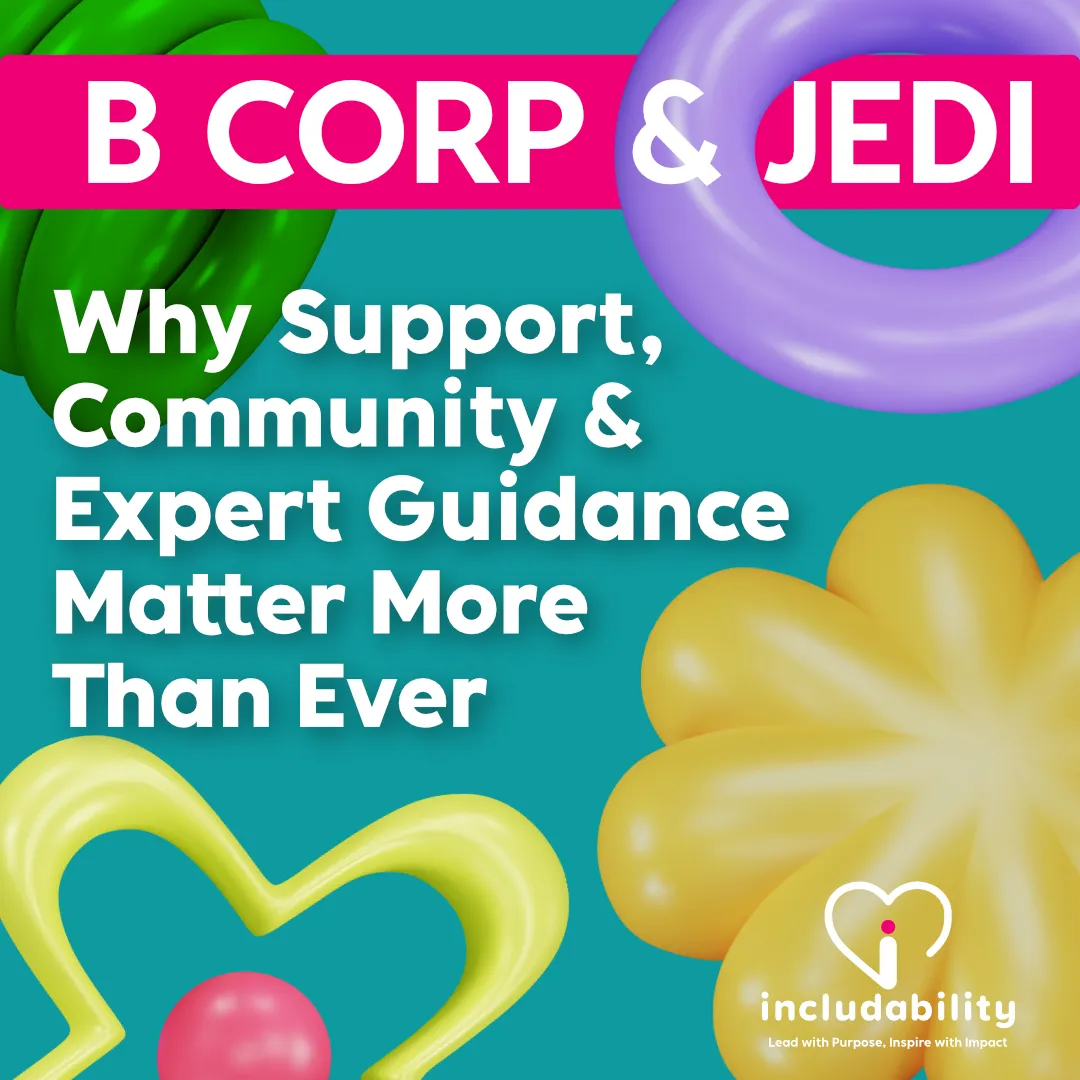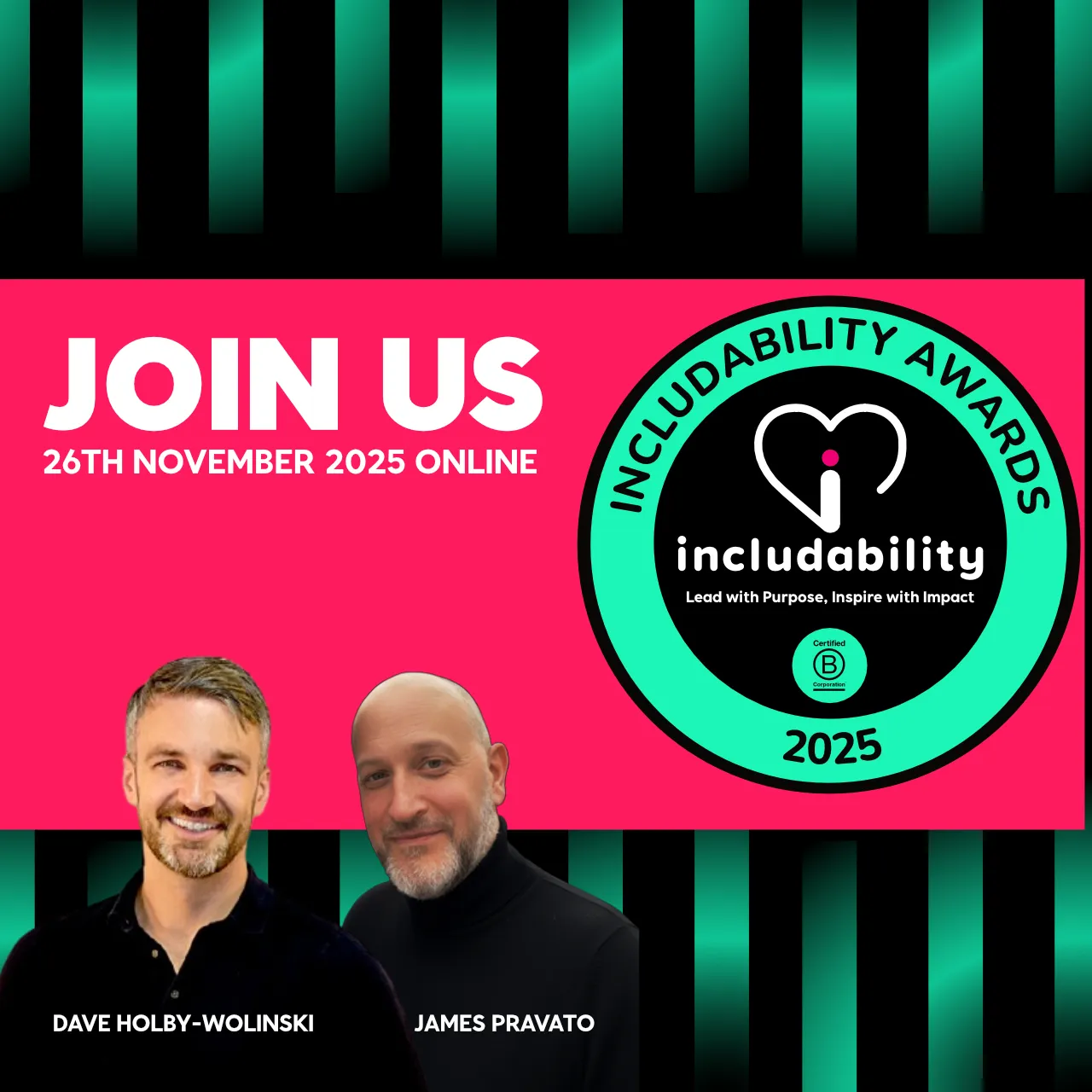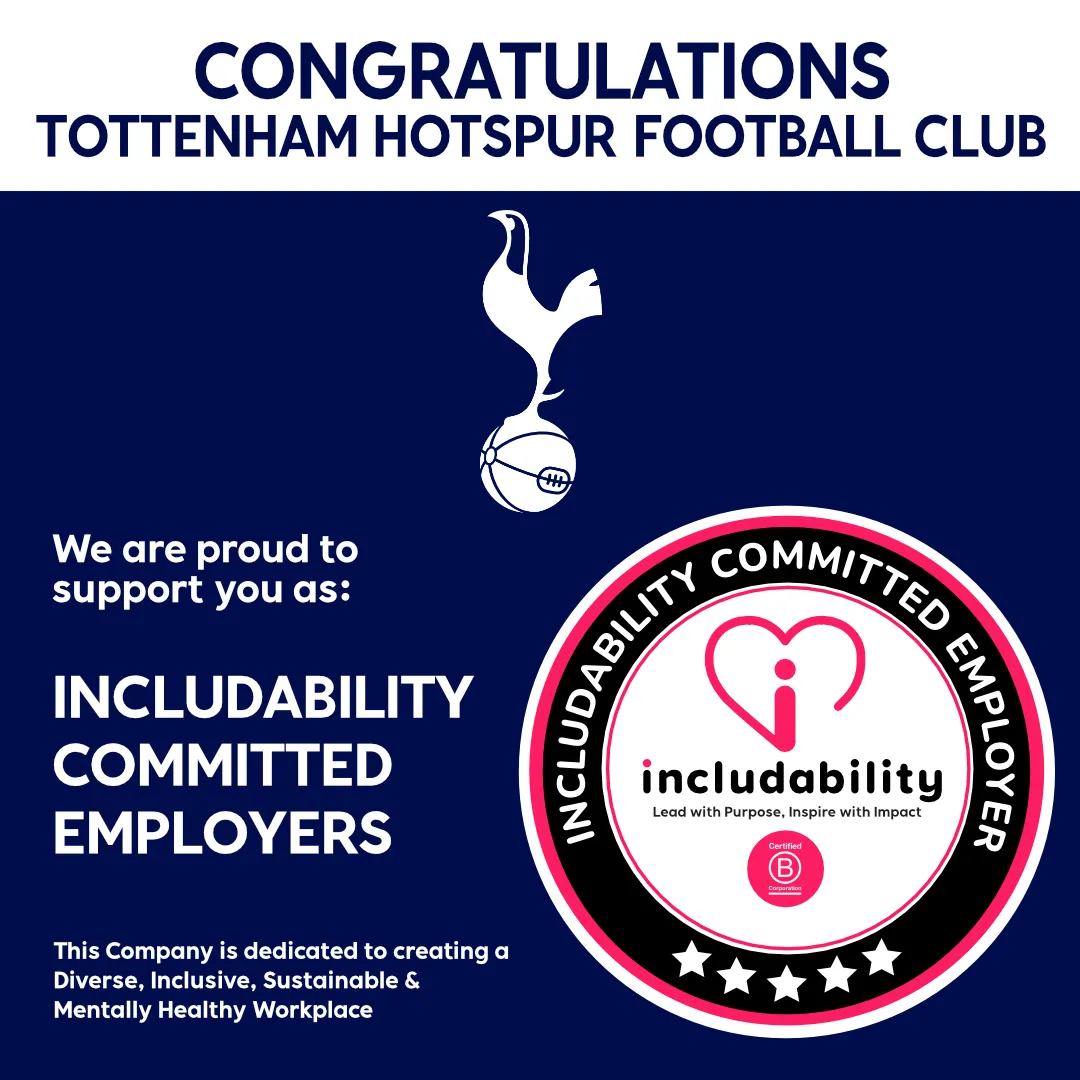Includability & Sign Solutions Hold 'Deaf Awareness and Useful Signs' Webinar
Includability featured deaf awareness and a basic introduction to basic British Sign Language (BSL) words and gave information on BSL training courses.

Sign Solutions featured deaf awareness and a basic introduction to basic British Sign Language (BSL)

Sign Solutions featured deaf awareness and a basic introduction to basic British Sign Language (BSL)
Includability featured deaf awareness and a basic introduction to basic British Sign Language (BSL) words and gave information on BSL training courses.
The webinar was hosted in conjunction with Official Partner, Sign Solutions, and featured Business Development Managers, Sophie Kang and Adam Breeze as guest hosts.
Kang began the webinar by outlining the services Sign Solutions provides in terms of BSL training courses and live video, or in-person, interoperating for deaf persons in the workplace.
Breeze recalled his early life and career as a jobseeker trying to navigate a world which did not understand what it meant to be deaf.
He said he never considered communication to be a problem in his early life because his immediate family were also deaf, and he attended a deaf school.
It wasn’t until Breeze attended a four-year course at college that communication barriers became a problem. He said that was the first sustained period where he had to adapt to having fewer opportunities for using interpreters, and not having the level of support he had at school.
When he was ready to enter the workforce, he could not understand why he had so many initial application rejections. He was advised, if he had stated he was deaf on his CV, to remove it. Once he made the change, he said he was invited for several interviews.
Adam Breeze’s Experience as a Job Seeker
He recalled going for one interview where he found many barriers to getting the job. It started with navigating public transport to a place he had not been before and was worsened with being met with a gate and an intercom system at the front of the building.
After gesturing his situation to a security guard to get in, the lack of reasonable adjustments on the company’s part was clear from the first greeting at reception and being given a white board to communicate with, despite the company being told of his need for an interpreter in advance.
He was told to wait and was assured an interpreter was running late, but on the way. Over 45 minutes later, he was told the interpreter was not coming and that he could wait a week to be interviewed or go through the interview using gestures. Since this job required an explanation of his skill set and he needed to use his primary language of BSL to do that, he opted to return the following week.
He returned the next week to be told the interpreter was not coming again and the position had already been filled. He was also told the position mostly required answering phones and writing reports.
Breeze was understandably furious about this and considered challenging the decision as he had the right to be heard. When he told the Job Centre about his experience, he was told he must continue his job search or face sanctions on his benefits.
He said he went for another interview with a more deaf-friendly employer and was afforded the use of ATW (Access-To-Work) services, he was able to explain his skills well and was offered the job.
He later left the position for a new challenge and had another negative experience. This time, the company insisted on a telephone interview despite being made aware of his circumstances. It was then he got involved in employment and access issues before taking up his current position at Sign Solutions.
Use of Video Interpreting to improve deaf communication
The webinar progressed to the difference the increased use of video interpreting has made to the hard of hearing living more independently. Most text relays are written in English, which may not be suitable as often English will be the second language to a BSL user. The panel discussed the fact that some employers may not realise that filling out standard health and safety forms may not be a routine task for some BSL users as they may believe.
Breeze then gave advice on how to communicate with him when using an interpreter. He says some speak to the interpreter directly using their name when it his words they are interpreting. He said, “It is me you are speaking to. The interpreter is interpreting my words. This is not the interpreter’s experience.”
The session wrapped with audience participation with being taught examples of some BSL words that would help them when they encounter deaf colleagues or peers in the workplace.
Keep up to date with our latest events and webinars.
Related resources & events
Sign up for our newsletters
We have an employer and Job seeker newsletter giving you all the latest information in one easy and digestible email. Sign up today for news and job advice straight to your inbox.









